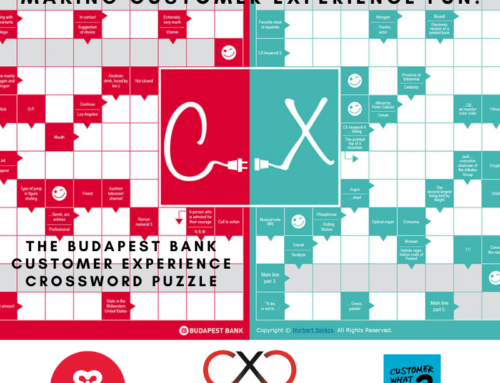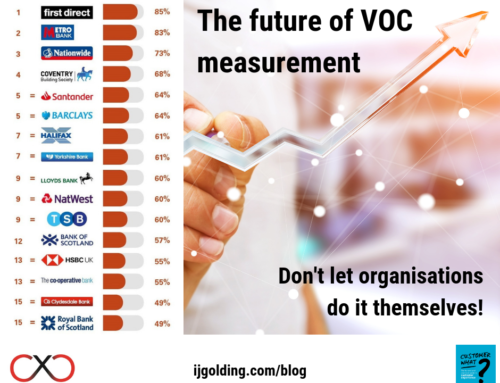I am delighted to introduce a new guest blogger this week – Tim Dixon-Phillip, Director of Service Reality. In his post, Tim talks about the term ‘Profit Leakage’ – as you take the time to read it, you will recognise where many organisations are experiencing it!! I hope you enjoy the post as much as I did.
Increasingly, buyers of business or professional services expect more for less. Tough economic conditions, increased promiscuity and aggressive new market entrants with deep pockets and marketing savvy have permanently changed the rules of new client engagement.
The following article draws on mystery shopping evidence from professional and business services providers which reveal three of the most common leaks in the new enquiry pipeline which are impacting enquiry conversions, profits and returns on marketing investment. For ease of reference, clients and customers will be referred to collectively as customers.
Profit Leakage
Profit leakage usually occurs following a mediocre or poor experience which causes a prospective customer to hesitate and/or go elsewhere. This can happen at any point of interaction in the new enquiry journey, from visiting the website, talking to the switchboard/call centre through to the initial consultation with an adviser.
The following evidence is drawn from mystery shopping the top 50 law firms (Consumer and SME- facing teams), the top 10 accountants (SME-facing teams), global B2B software providers (SME- facing teams) and major financial services providers (SME-facing teams). Our mystery shoppers pose as credible business owners or buyers of serious personal injury across a variety of new enquiry scenarios, ranging from a referral from a friend or existing customer, to a website enquiry. Across all the above sectors, the three most common sources of profit leakage were as follows:
- Ineffective search functions and broken links on the website
- Lack of empathy from switchboard or call centre operatives
- Reluctance from advisers to show enthusiasm for working with the customer and/or agree a next step
Customer journey experience as a measure of profit leakage and marketing ROI
A growing number of business and professional service providers see benefit in measuring what happens to prospective or existing customers when they start a dialogue with people at various levels in the company, either to get something done or in response to a referral or a marketing event.
Some of the companies that have adopted this approach have witnessed an exponential impact on profit, revenues and customer retention as a result.
Conversely, companies are learning that a negative customer experience is punished more severely than ever before and even dissatisfied business customers are increasingly likely to broadcast their complaints on social media.

Higher expectations, lower tolerance of mediocrity or failure
You only have to think about your personal experience with websites and call centres in retail, leisure and utilities to acknowledge that we expect companies to be easy to buy from and work with, and how frustrating it is when they fail to meet our expectations.
How quickly do you leave a website if it doesn’t give you the information you want or the content bores you? What do you do if the link you click on is broken or the call-back button doesn’t work properly? How do you feel if you are put on hold for longer than a minute or two, or you get put through to the wrong person or voicemail without being asked? How irritating is it when you have to keep repeating what you want each time you are transferred to yet another person in the same company?
High service expectations extend to buying business and professional services – why wouldn’t they? They also lead to an increasing willingness on the part of disaffected customers to publish their feelings on social media, including Linked In, or rating sites like Trustpilot.
Customer experience as a brand differentiator
Service companies are finding that the unique way in which they deliver their own version of a great customer experience is something that differentiates their brand. It is also something that is very difficult for competitors to mimic. Retail and Leisure brands have known this for years, which explains why the global annual mystery shopping spend in these sectors is estimated to be $3 billion.
How does your company measure what it feels like for a potential or existing customer when they use your website, switchboard or call centre? Do you know what impression your partners or account managers create during an initial telephone consultation with a prospective customer? Which member of your senior management team is accountable for improving end-to-end customer experience across the company?
The biggest influence on customer loyalty and buying behaviour will probably always be the quality of the advice and strength of their relationship with your front line relationship managers. However, the rules of engagement have changed.
Customers have learned to expect more. They are more discerning and less tolerant than they ever have been. Relationship strength and the customers’ propensity to buy is increasingly influenced by their overall experience of using your company.
Case study
During a recent project with a top 50 law firm, we audited what it felt like for customers to make a new enquiry from start to finish. We quickly identified that they were leaking profit in several key points of interaction between customer and firm.
We tested a variety of customer personas (business and personal) and simulated a number of evaluation and enquiry journeys. We tested the performance of the website, and taped the subsequent conversations with switchboard, support teams and fee earners.
It was easy to see the points at which they were losing potential customers and where they were giving new and existing customers a negative impression of the brand.
It was also easy to see where new enquiries were tying up fee earners with non-productive conversations due to poor filtering at the front end of the new enquiry process.
The impact of this project was immediately noticed by partners and staff. The evidence (good and bad) generated by the audit was irrefutable and emotive, which proved to be a powerful catalyst for change. Our client was able to galvanize teams into action and unite partners in a way they hadn’t seen happen before. New enquiry conversion rates doubled across the firm within 6 months.
Lessons learned: eight steps towards reducing profit leakage and maximising marketing ROI
- Remove silos – one senior individual should have ‘ownership’ of the end-to-end customer experience
- Ensure they are accountable, with clear and measurable objectives for:
- Maximising the enquiry-to-customer conversation rate (minimising profit leakage)
- Increasing fee earner productivity through improved qualification of new enquiries
- Improving customer experience
- Ensure they are mandated by the Board and have the influence to make the necessary changes to behaviours, processes or technology
- Identify the customer segments, profiles and buyer personas that have the biggest impact on achieving your strategic goals
- For each customer segment, map out what a great customer experience looks and feels like for every service line and at every level of interaction in the company (including website, switchboard support teams and fee earners)
- Test what it feels like to be a new or existing customer today – identify strengths and opportunities for improvement
- Engage your front line teams in identifying the root causes of any problems identified and for implementing solutions
Commit to continuous improvement and keep measuring progress.








Leave A Comment